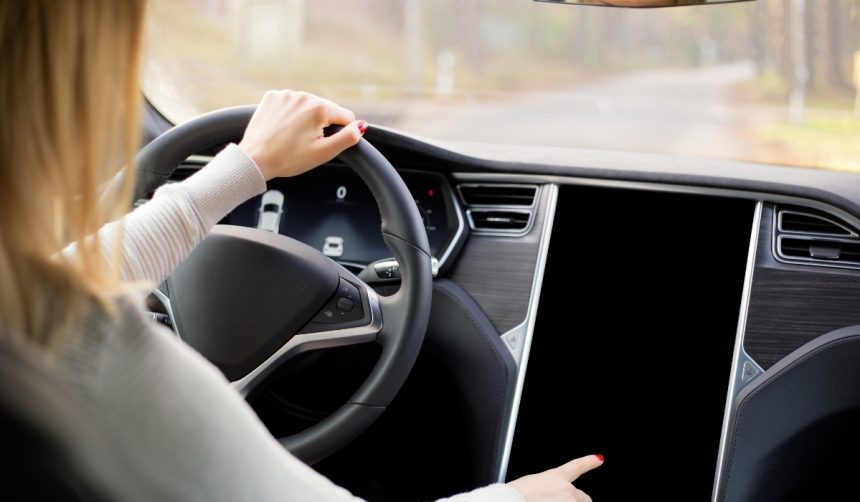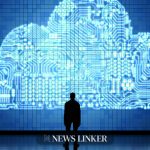As Tesla’s Robotaxi service continues its rollout, early users have started to notice unexpected advantages in their daily routines. Some professionals, such as photographers with demanding schedules, have highlighted time-saving opportunities and logistical improvements when using autonomous vehicles for business travel. This trend underscores the growing interest in alternative urban transportation solutions, especially in areas with challenging parking and increasing urban congestion. Feedback from active users provides insight into the distinct role autonomous ride-hailing might play for gig economy workers and entrepreneurs.
Reports from earlier periods focused mainly on Tesla’s ambitions for driverless technology and competition against brands such as Waymo. Both had previously limited their geofences to smaller areas of operation and emphasized safety protocols. More recent updates reveal Tesla’s Bay Area geofence surpasses rival services in size, broadening access for customers. While initial reviews emphasized technical performance and regulatory concerns, current user experiences center on real-world practicality and added convenience. Comparisons with earlier launches suggest the Robotaxi service is steadily shifting from pilot stages to addressing everyday consumer needs.
How Does Tesla’s Robotaxi Operate in the Bay Area?
After launching in Austin, Tesla introduced its Robotaxi service in the Bay Area with a notably expansive operational zone. The geofenced region currently extends over significant portions of the Bay Area, allowing trips that can span more than an hour from end to end. This range notably exceeds the coverage of competitors like Waymo, making Tesla’s offering more accessible for a broader set of users across California.
What Benefits Do Consumers Report?
Early feedback from the professional community highlights time management and overall convenience as key advantages of the Robotaxi service. For instance, a business owner shared that utilizing Tesla’s driverless vehicles has the potential to reduce stress and increase productivity during travel between multiple appointments.
“I could ditch having a car and let an autonomous vehicle drive me between my 5-7 shoots I have per day,”
stated one photographer, noting how it frees up time for client communication and other work-related activities.
What Problems Does Tesla’s Robotaxi Address?
Users note that parking difficulties in urban areas and frustrations with traditional ride-hailing drivers are alleviated by the Robotaxi’s fully driverless experience. Without the need to search for parking or interact with others, customers can dedicate time to their business or personal pursuits during transit.
“This would give me so much time back to work and message clients,”
the same user commented, suggesting that the flexibility of the autonomous service appeals directly to those with busy, on-the-go lifestyles.
Expanding coverage and first-hand user reports indicate Tesla is moving towards addressing commuter pain points beyond those addressed by traditional ride-hailing. The current user experience reflects a shift in priorities from technical development to real-world application, especially compared to earlier rollouts that focused narrowly on technological milestones and safety standards. Consumers in both established and emerging markets appear to appreciate new efficiencies and time management solutions presented by Tesla’s approach.
As autonomous vehicles integrate further into daily transportation, business owners and professionals stand to gain notable efficiencies. Those evaluating similar services from Uber or Waymo may wish to consider coverage areas and user feedback as key decision factors. Price, adaptability, and convenience will likely remain central to adoption as services expand geographically and technologically. Time-saving features and simplified urban navigation may drive further demand as more consumers experience driverless mobility firsthand.
- Tesla expands Robotaxi coverage in California, outpacing Waymo’s service area.
- Users report time management and convenience as significant values gained.
- Autonomous rides address parking challenges and inconsistent ride-hailing experiences.










